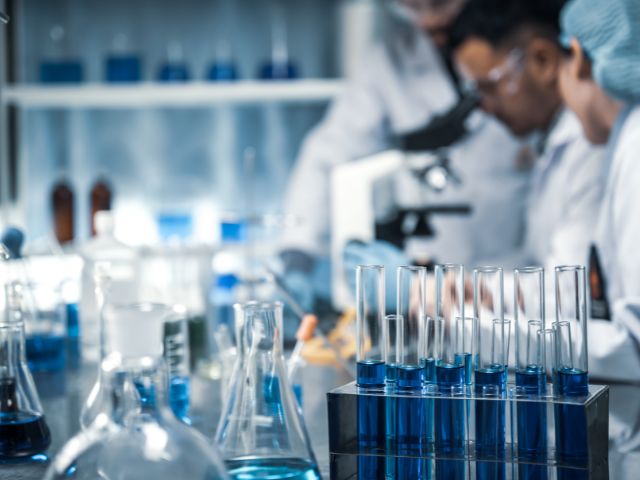

Noise is a common problem in many labs with equipment and machines operating simultaneously. If you work in an excessively loud environment, here are some tips below to help reduce noise pollution in your lab.
Anyone who has worked in a lab knows that most noise pollution comes from a handful of machines or even just one machine. Some of the typical equipment in a lab that can be exceptionally noisy include:
And these machines, like any other mechanical equipment, tend to get even louder as they age. A noisy machine is a clear warning sign that lab equipment is wearing down, so the simplest way to reduce the noise is to replace them with newer, quieter machines.
If getting new equipment isn’t an option for a lab, there are ways to deaden the noise from loud machines, such as isolating the equipment. Moving the noisiest equipment away from the main lab area to somewhere else or a different room and space altogether is the simplest way to reduce noise pollution in a lab.
With the equipment in an isolated area, personnel can better use the machines with hearing protection instead of trying to work in the main lab space with earplugs. If moving the equipment isn’t possible, installing some sound-deadening enclosure around the machine or making a simple change like anti-vibration mounts can help reduce noise.
Another strategy to reduce noise in the lab is to change the ceiling and walls of the lab. Regular drywall on the walls and ceiling can worsen noise pollution as the sound bounces around the lab and grows louder and louder.
Acoustic tiles are an excellent option for labs as they absorb sound waves better than most materials, preventing them from bouncing around the environment and growing louder. Acoustic wall and ceiling tiles come in various materials, so finding one that suits your lab shouldn’t be difficult.
If none of those options are possible and all else fails, lab managers should consider working around the loud equipment to help personnel and reduce the machine’s noise in the main work area. Some labs will use job rotation around noisy equipment to keep any one individual from spending too much time next to loud machines at one time.
It’s also wise to have a noise refuge inside or outside the lab, where personnel can go to a quiet area, take a break from the noise, and rest their ears and minds. Lab managers should also schedule particularly loud machines during the day when there’s less work and commotion to mitigate the noise distraction as much as possible.
24World Media does not take any responsibility of the information you see on this page. The content this page contains is from independent third-party content provider. If you have any concerns regarding the content, please free to write us here: contact@24worldmedia.com
